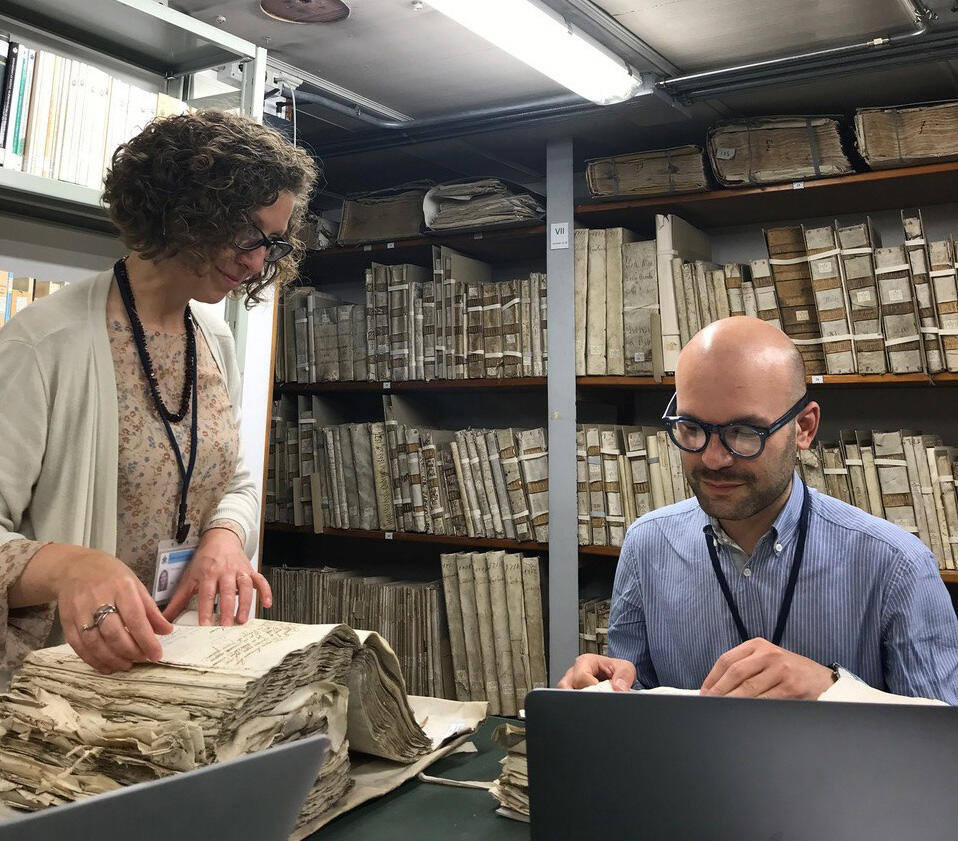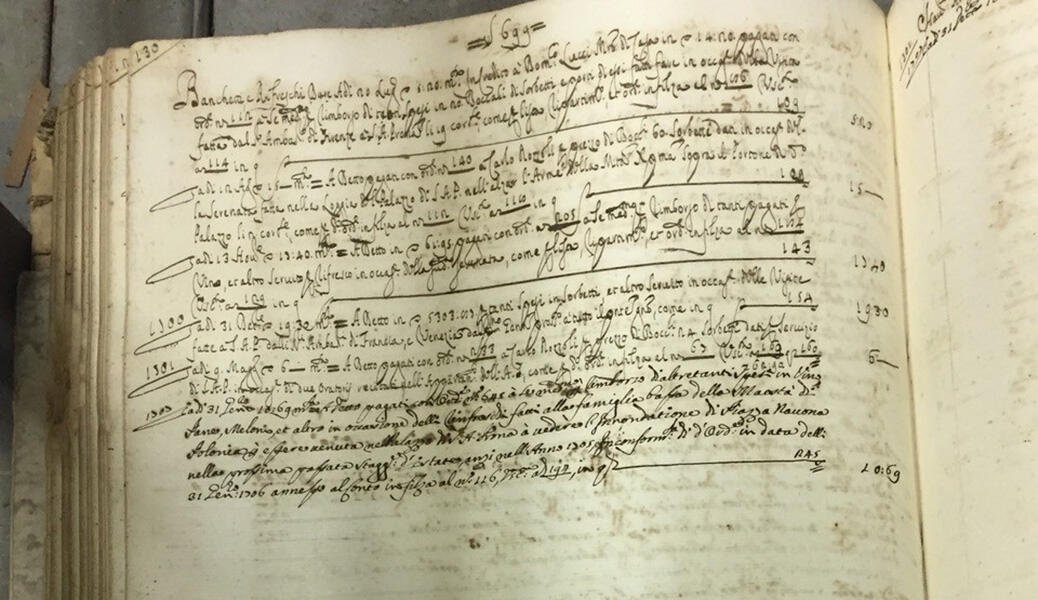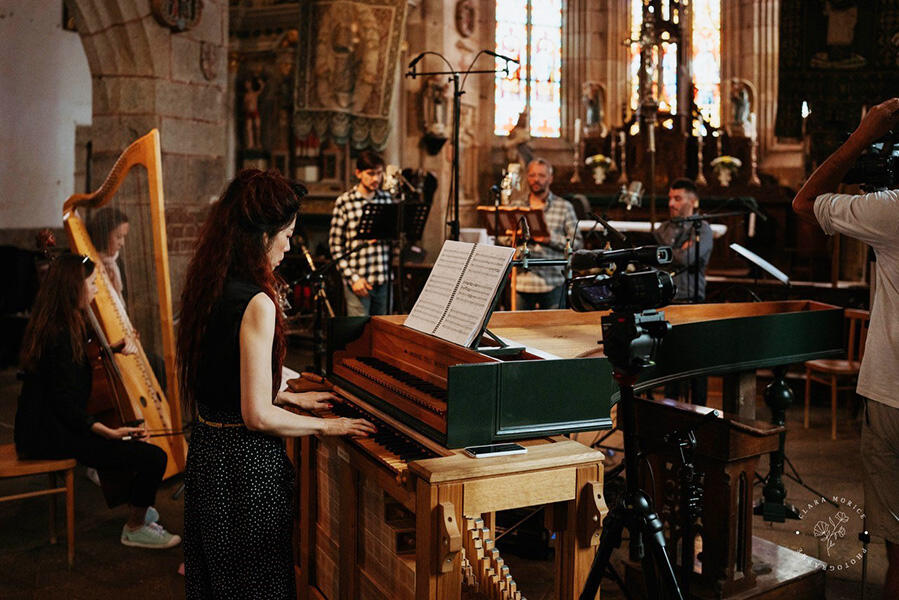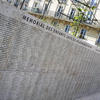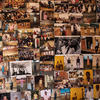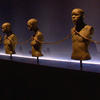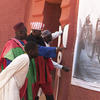You are here
“Magnificence” on stage: Rome 1644-1740

Two books, two discs, a large database.1 When you began these six years of research on the performing arts in Rome between 1644 and 1740, were you expecting to gather so much information?
Anne-Madeleine Goulet.2 Nobody imagined the extraordinary wealth we revealed, which is to say how widespread theatrical, musical, and choreographic events were in society life at the time. There is still much to learn, but we have uncovered the inner workings of this teeming world of performance, and its importance to great families competing with one another for power in the papal city.

Behind the great “trees,” such as the composer Alessandro Scarlatti, we found an entire little-known forest: hundreds of composers, librettists, playwrights, performers, and artisans who, from the sets to the costumes, worked on these performing arts. For example, for this period we identified 156 composers and nearly 150 singers, a quarter of whom were women. One could speak of a genuine age of magnificence.
How did the project originate?
A.-M. G. As a specialist on the performing arts, I first worked on the poetic and musical forms linked to Parisian salons of the seventeenth century. I gradually continued my explorations in Italy–Catherine de Rambouillet, for instance, who passes for having founded the first Parisian salon around 1610, was the daughter of a Roman princess. When I arrived at l’École française de Rome3 in 2008, where I was on secondment from the CNRS for four years, I was stunned that there was no overview of the city’s cultural life during the seventeenth and eighteenth centuries with respect to the performing arts, which is to say music, dance, and theatre.

After a first joint French-German project on travelling musicians in Venice, Rome, and Naples, I wanted to seek out the traces of these performing arts, notably by focusing on the private archives of a dozen great families, which remain under-utilised: the Aldobrandini, Borghese, Caetani, Chigi, Colonna, Lante della Rovere, Orsini, Ottoboni, Pamphilj, Ruspoli, and Vaini. When the European Research Council (ERC) granted me two million euros for five years of research in late 2015, this allowed me to gather an exceptional team able to complete this enormous effort: thirty people, including twenty-three researchers assisted by four professional archivists, from eight EU countries but first and foremost Italy, and already familiar with the highly complex archives that we had to explore, primarily in Rome but also across Europe.
From what political context did the artistic life that you discovered emerge?
A.-M. G. At the time, Rome was both the centre of Christianity and the capital of the Papal States, which occupied a large territory in Italy at the time. The pope thus had spiritual and temporal power, which each of the great families hoped to access by promoting their clan’s ecclesiastics. There was no dynastic continuity, unlike France for example, where magnificence was the privilege of hereditary royal power highly centralized in Paris, and later in Versailles. Consequently, all of these noble houses who were permanently competing for power had their own courts. Rome was thus characterized by its cultural polycentricism.
The dates that mark out our project, 1644 and 1740, are those of the beginning and end of the papal reign. However, what characterised the beginning of this period was the Treaty of Westphalia in 1648, and then the Treaty of the Pyrenees in 1659, which established peace between the European powers, as well as a decline in papal power. For members of the nobility, glory would no longer depend on military exploits, with the competition shifting to the arts.
Moreover, due to political instability, most families sought to consolidate their position by taking the side of the Bourbons or the Habsburgs, the two great dynasties that shared Europe. This division is reflected in the organization of performances in Rome. For example in 1683, the great Francophile Orsini celebrated the birth of the Duke of Burgundy, the son of the Dauphin of France, with major festivities, crowned by the creation of an opera by Alessandro Scarlatti, while the Hispanophile Constable Colonna organized two operas in his palace in honour of his son’s young Spanish wife. The ambassadors from various European nations were an integral part of this local nobility and unique cultural dynamic.
Did this artistic vitality spread throughout society?
A.-M. G. By organising performances according to well-defined protocol, the Roman aristocracy adhered to a kind of social obligation–what today we would call a cultural investment strategy. It was a restricted microcosm of elites, but it enabled the emergence of a genuine market for performances, with specialized personnel who enjoyed relative freedom due to high demand, and who underwent professionalization. This moved beyond the vertical relation between a patron and their protégé. Artists worked for one household and then another, one court and then another. In the late seventeenth century, these artists–musicians in particular–spread throughout Europe. This, for instance, is how Italian opera spread.

Economists joined our project to help us bring to light a system of production: these families secured funding at the Mount of Piety or the Vatican Bank by pawning precious objects, for organising a spectacular performance in one’s palace or holiday villa impressed and reassured creditors. When Paris hosted the Olympic Games, it was a similar strategy of magnificence, transplanted into a democratic context. In Rome, everything contributed to the display of wealth, from the livery of staff and the bindings in the library to the decoration of coaches. We also studied the archives of colleges where this aristocracy sent its offspring–males, for young girls were educated at home or at the convent. These institutions, which were also places of representation, ascribed great importance to the teaching of dance, music, and theatrical declamation.
How to explain that this history was hidden for so long?
A.-M. G. Firstly because until now the research had focused on works: texts or scores were studied, with strong compartmentalisation between disciplines, between theatre, music, and dance; and then in Rome, where history has left so many magnificent traces, it is firstly architecture and the fine arts that have monopolised attention, along with creations connected to the Church, and hence sacred music. Also, the majority of the performances we studied took place on private stages: the first Roman theatre with paying entry, the Teatro della Pace, opened only in the early 1660s.

Finally, in Italy and the Vatican–contrary to France where the revolution led to the destruction of numerous archives–kilometres of archives are conserved in public institutions, and sometimes in private palaces as well. Systematic research over multiple decades were required–to be specific an entire century–to reveal this sacred golden age. This was in fact one of the great pleasures of this effort, as I had the sense of permanently being on a film set, given the splendour of the palaces and villas where we were hosted. Everything we found is now available on the CNRS Huma-Num platform, including nearly 6,000 transcribed archival documents, and descriptions for over 2,000 spectacular events. Like the musicians with whom we collaborated, other artists will seize upon these resources and bring them to life for today’s audiences.
Project resources PerformArt (link is external)
Spectacles et performances artistiques à Rome (1644-1740)(link is external). Une analyse historique à partir des archives familiales de l’aristocratie, Anne-Madeleine Goulet, José María Dominguez, and Élodie Oriol, eds., Éditions de l’École française de Rome, 2024, 584 p.
Noble Magnificence: Culture of the Performing Arts in Rome 1644-1740(link is external), Anne-Madeleine Goulet and Michela Berti, eds., Brepols, 2024, 619 p. with illustrations, historical maps, and photographs.
Danzare nella Roma aristocratica tra Sei e Settecento. Tecniche e stili dai documenti del Seminario Romano e degli archivi familiari, Gloria Giordano, Garnier, coll. “Musique et littérature,” forthcoming.
- Two CDs recorded using original scores found in the archives: madrigals(link is external) by Ercole Bernabei performed by the Faenza Ensemble, and L’Ombra di Solimano(link is external)(link is external), cantatas for bass and basso continuo by Bernardo Pasquini, performed by members of the Capella Tiberina.
- A database(link is external) including 5,891 records for hitherto unseen archival documents, 7,807 records for figures from the period, 1,604 records describing works, and 2,476 listing event-performances.
Captions
Scene representing a concert by ladies and gentlemen in a villa in the Roman countryside, painted by Giovanni Battista Passeri (1610-1679).
Engraving depicting the staging of the "La virtù negl’amori" pastoral by Alessandro Scarlatti (scene 2), with a libretto by Gaetano Lemer, performed in Rome at the Capranica Theatre in 1721.
Michela Berti, a singer and PerformArt programme coordinator, and Marco Cavietti, an archivist, working on archives from the Vatican Apostolic Library.
Expenses for “banquets and refreshments” for the Princesse des Ursins, the widow of Flavio Orsini, between 1699 and 1706. Document transcribed in the PerformArt database.
Recording of the disc for madrigals by Ercole Bernabei (Italian composer, 1622-1687), by the Faenza Ensemble in the Trédrez-Locquémeau Church (Côtes d’Armor, France), August 2023.
- 1. 1. All of the publications of the programme, entitled “PerformArt,” are detailed at the end of the interview, and freely available online, except for the CDs.
- 2. 2. A CNRS Senior Researcher at the Centre for Advanced Renaissance Studies (CESR, unité CNRS/Université de Tours), from 2016 to 2022 Anne-Madeleine Goulet led the PerformArt programme (European Research Council Consolidator Grant as part of the Horizon 2020 framework programme) in partnership with l’École française de Rome. See https://www.efrome.it/performart(link is external)
- 3. 3. Research Institute in history, archaeology, the humanities, and the social sciences, from Prehistory to the present. Founded in 1875, l’École française de Rome is a Public Institution of a Scientific, Cultural, or Professional Nature under the supervisory authority of the French Ministry of Higher Education and Research.




